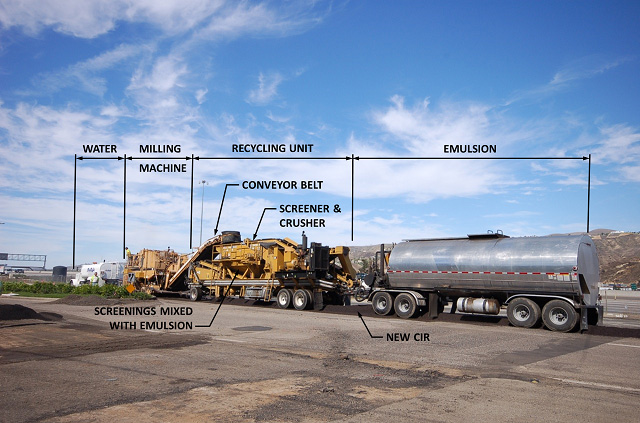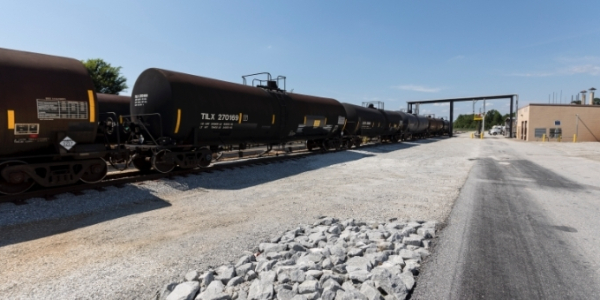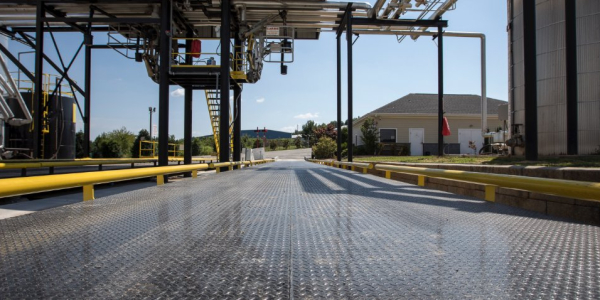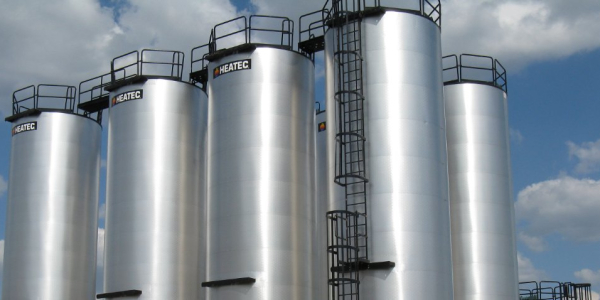COLD IN-PLACE RECYCLING
INNOVATION OR IMPLEMENTATION OF AN OLD TECHNIQUE?
What is CIR?
Cold In-Place Recycling (CIR) – an on-site process using a train of equipment consisting of cold planer(s), screening/crushing units, mixing units, pavers, and rollers.
Cold in-place recycling is done without heat and uses 100% of the existing road materials. The CIR process utilizes a series of machinery to execute the entire process on-site in a single pass. The recycled asphalt pavement is milled, screened, and mixed with emulsion, followed by application onto the roadway. This means traditional trucking time, the natural resources used, and the overall project costs are significantly less, while the longevity and durability of the finished road is increased.
History of CIR in the US began in the 1970’s
Typically used on low volume roads where traffic is returned to the roadway at the end of each shift. In the 80’s and 90’s we saw advances in additives being used and moving toward higher volume roads. One of the items to note in the change was that mix designs using labs taking core samples from the road to be treated to design a liquid and process by the recycling manufacture and applicator had specifications to follow to have a final product that met the expectations of the agency letting the work.
The early 2000’s saw mix design processes further developed along with engineered emulsions. The use of quicker “break” of emulsion, allowing earlier compaction and earlier return to traffic. Single unit trains were introduced which significantly reduced the CIR train footprint. Surface courses were no longer HMA overlay only. State DOT’s begin recycling on the Interstate – Nevada, Kansas, Utah, Oregon, California, Colorado. CIR was no longer considered strictly a low volume road application.
While most of this work has been performed in the Western US in the early days, other geographic areas have been promoting more and more of this process. Southeast Emulsions is to partner with Ingevity, SCDOT, and a recycling contractor to promote more use of these techniques in the Southeast. Several meetings have been initiated and we are currently looking for projects to demonstrate this process.








